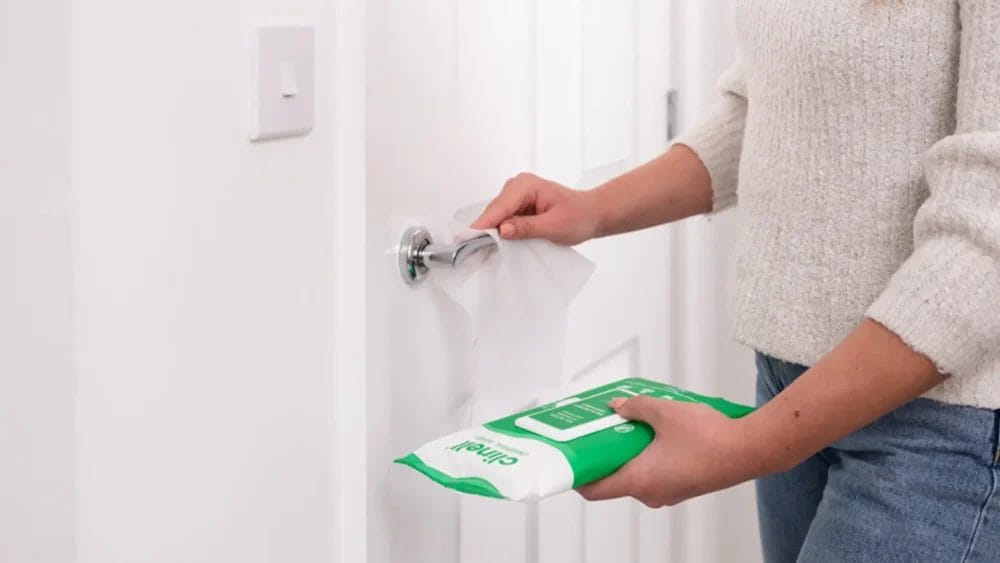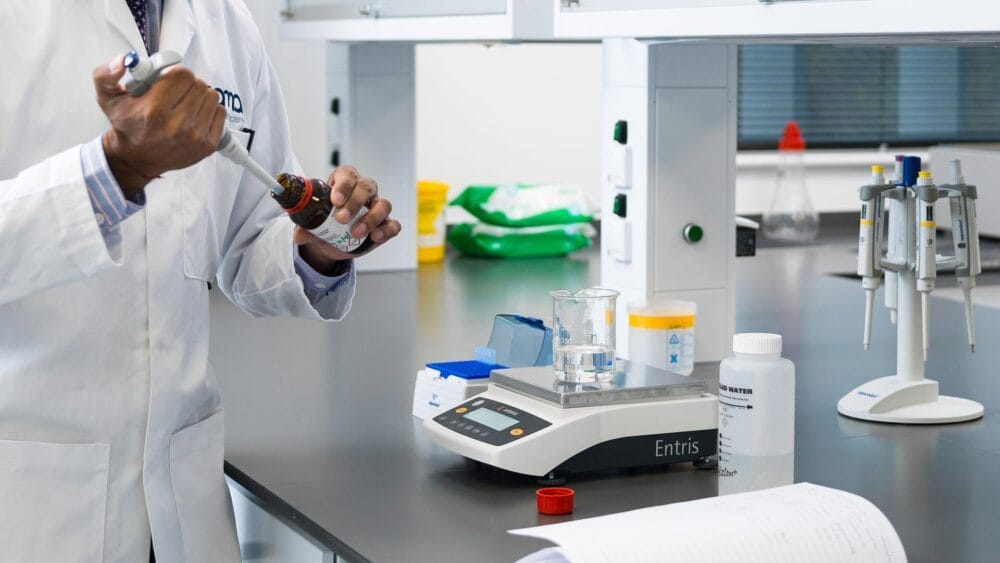Posted
4th October 2022
Research
We discuss how a COVID-19 and flu “twindemic” could disrupt hospitals this winter and what preventative measures we can implement now.
The COVID-19 pandemic has been bad enough. But the thought of the ongoing COVID-19 pandemic (we are already seeing signs of the ‘next wave’) combined with a bad flu winter (in a “twindemic“) could create a really hazardous situation for our hospitals and the vulnerable in society. We don’t yet know how bad the winter will be with respect to COVID-19 and flu. Now is the time to make sure you are vaccinated (if eligible) against both COVID-19 and flu, and look at the best ways to prevent the spread of respiratory viruses in your home, workplace, and social life.

What would a “twindemic” mean?
A COVID-19 and flu “twindemic” would result in disruption in our society (remember all those cancelled flights and empty shelves when Omicron emerged?). It would also result in even more disruption for our hospitals: patients co-infected with COVID-19 and or flu will have poor clinical outcomes, and knock-on consequences will mean more cancelled procedures and less capacity to care for patients in emergency departments.
There were predictions last winter that it could be a bad flu season, and this combined with COVID-19 would not be good at all. As it happened, we saw a lot of COVID-19 (with the emergence of Omicron) but not a great deal of flu. The reasons for this aren’t clear – but it could be that the COVID-19 prevention measures reduced flu transmission. This year, we already know that Australia in the Southern Hemisphere is experiencing higher than usual cases of flu, which doesn’t bode well for the Northern Hemisphere.
COVID-19 cases are rising
Also COVID-19 is beginning to rise: the last 7 days (up to and including the 24th September) has seen 40,650 reported positive COVID-19 cases in England, which is an increase of 42% compared to the last 7 day period. Also 5, 930 people in England were admitted to hospital (in the last 7 days up to and including the 26th September), which is a rise of 48%. Surveillance data published by the UK Health and Security Agency (UKHSA) has also shown that positivity rates for influenza and other respiratory viruses are starting to increase.

Prevention is always better than cure
Whether or not we do experience a “twindemic” later in the year, now is a time of opportunity to ensure that you are fully vaccinated against both COVID-19 and flu, and to implement the most effective prevention measures. Regular hand washing, cleaning and disinfection of surfaces, improving ventilation (by opening windows or using mechanical ventilation) and the use of masks in public areas can help to reduce the risk of transmission of COVID-19 and flu.
As infection prevention specialists, we provide solutions which aid the prevention of transmission of a wide range of infection-causing microorganisms – including those responsible for both flu and COVID-19. Our Clinell range, used in 9 out of 10 UK hospitals, includes Universal Wipes for surface cleaning and disinfection, and a complete Hand Hygiene Range. Plus, Rediair offers an effective solution that instantly improves air quality.
To stay up to date with the latest on the unfolding “twindemic” with regular updates from our infection prevention specialists, follow GAMA Healthcare’s Twitter page.
SHARE THIS ARTICLE
Tags
Latest News
Introducing HEXI HUB: A seamless transition in our product line
We’re pleased to announce an update to our product offering…
Innovative solutions for tackling Carbapenemase-producing Enterobacteriaceae (CPE) at King’s College Hospitals
King’s College Hospital NHS Foundation Trust, one of London’s largest…
Gloves Off: reducing unnecessary plastic waste during environmental cleaning and disinfection
In this blog, Dr Phil Norville discusses the momentum-gaining ‘Gloves…
Gloves Off: Navigating SDS sheets and skin safety claims in environmental decontamination products
In this blog, James Clarke (Head of R&D, Science &…




